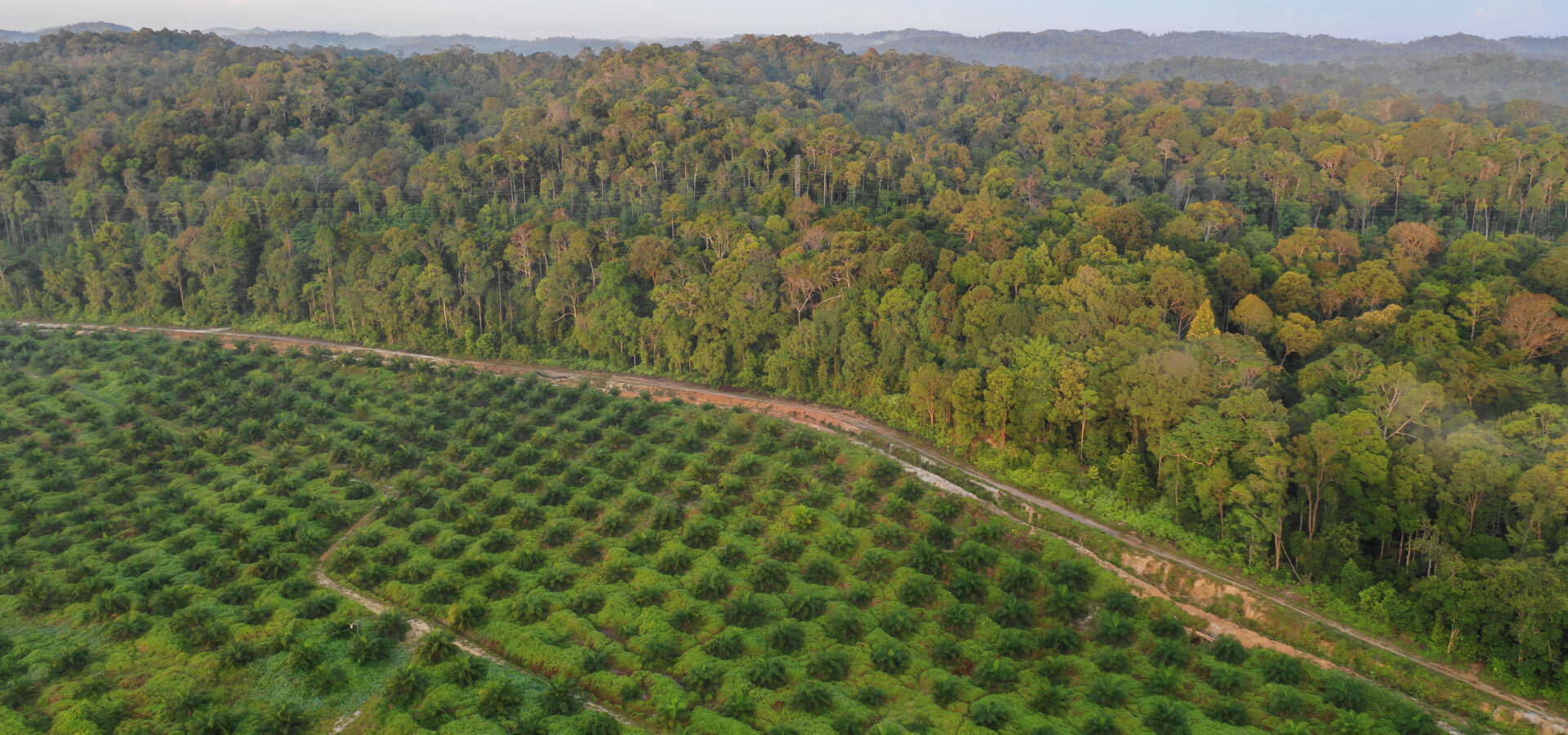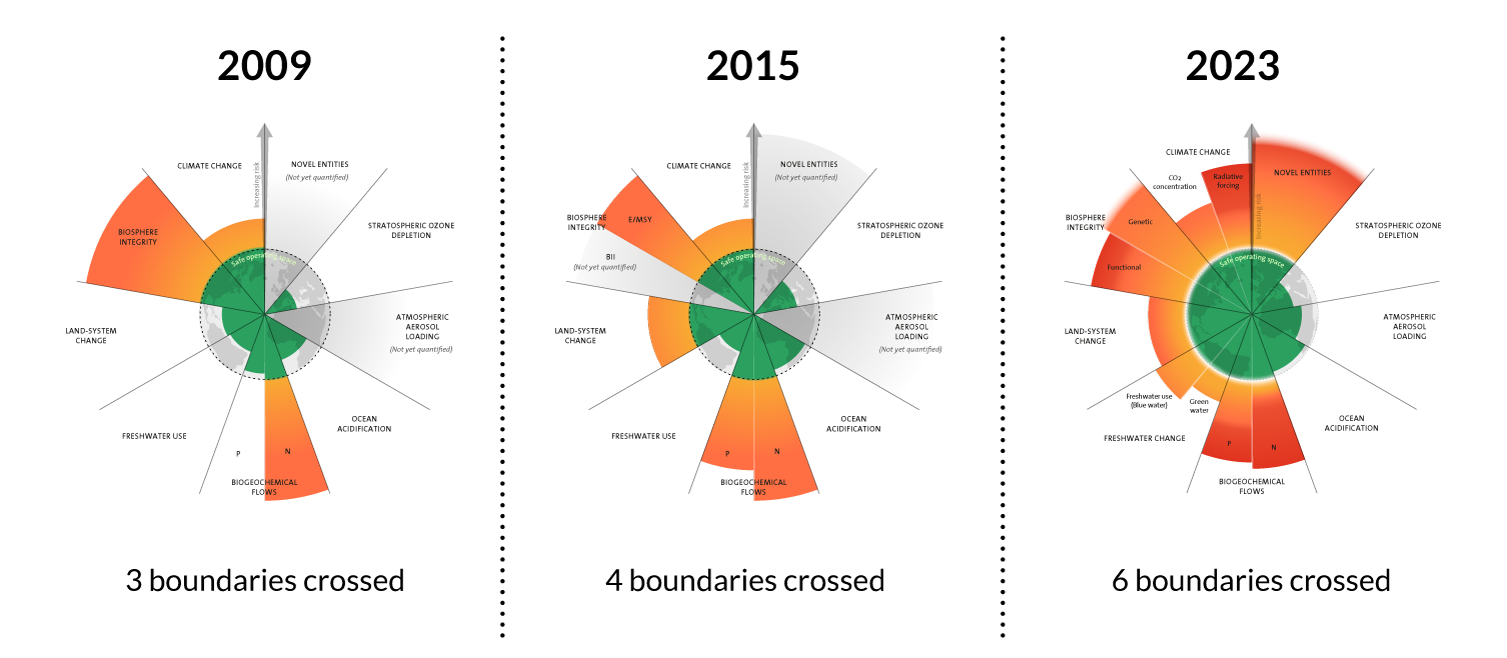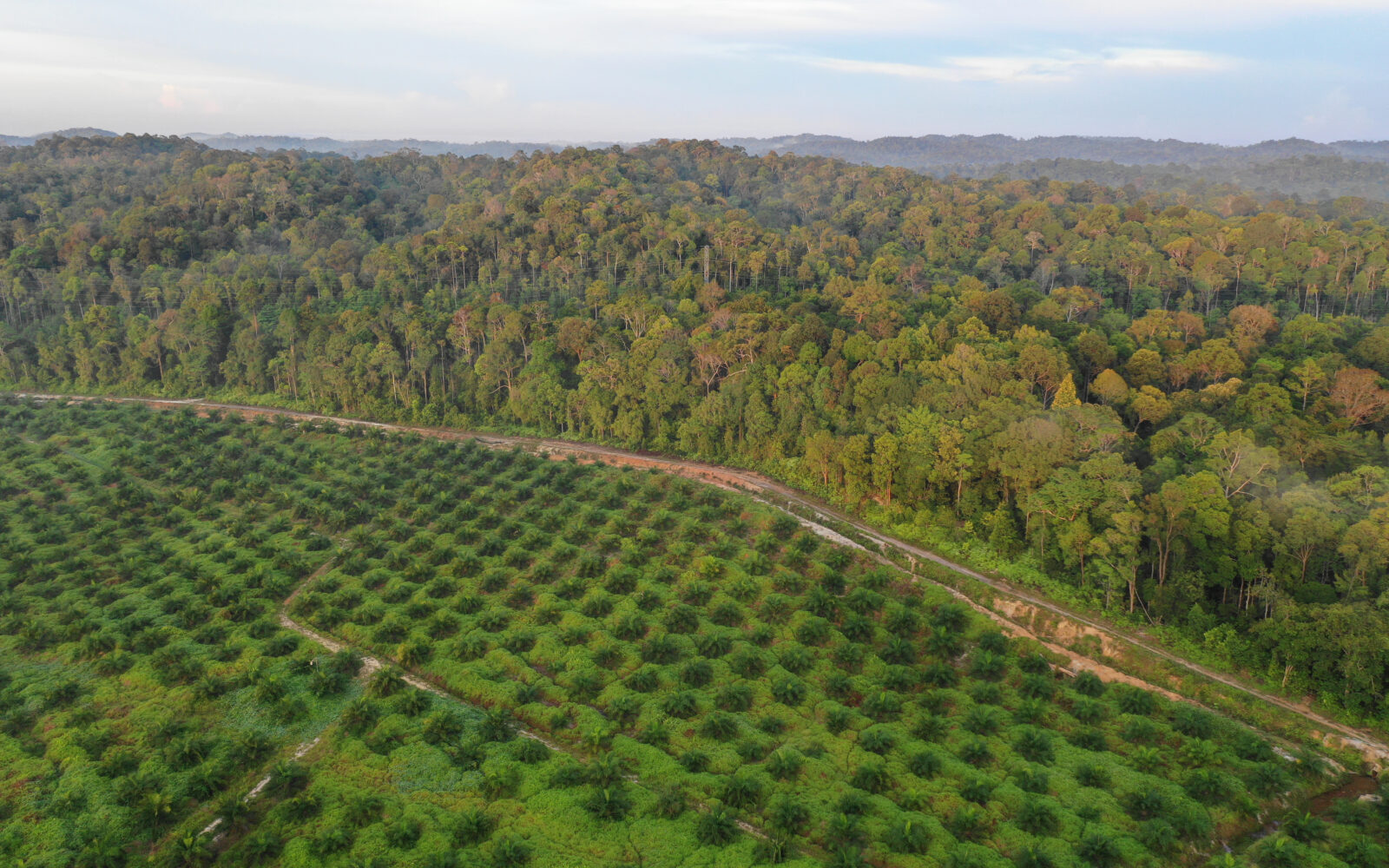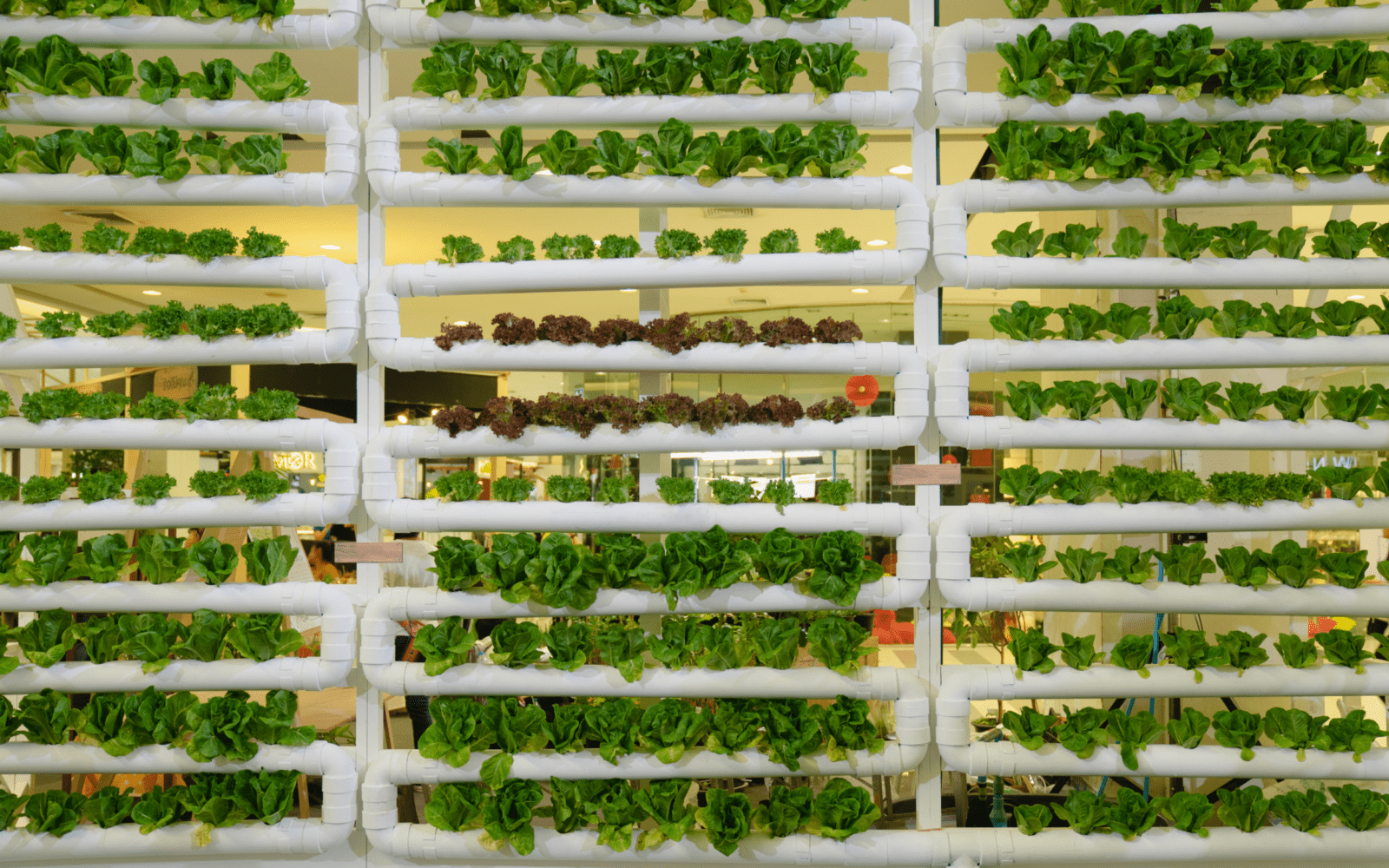The diversity of plant species is declining and according to estimates 40% of plants around the world are facing possible extinction. One of the answers that can reverse this situation could be genome editing, a practice that many people are afraid of.
2 out of 5 plants are in danger
According to the UK’s Kew Royal Botanical Gardens, 140,000 (39.4%) of plants are exposed to the risk of extinction. The number has almost doubled in four years – in 2016 it was 21%.
When the ecosystem shrinks, species loss will follow. Some plants will become extinct immediately in some places and although most species will still occur in the remaining ecosystem, the population will be at dangerously low levels and permanently exposed to extinction.
Iceland is one of the countries most affected by deforestation. Many trees were cut down for double financial profit: from the wood sold and from the land used for other economic activities.
Since the native birchwood is not always the best option in terms of growth speed or resilience to specific dangers, landowners started planting exotic species which are more productive.
But the best option in terms of productivity is not always the best option in terms of secure nature prosperity and rich biodiversity. In fact, it usually is not.
The golden question is how to secure both economic productivity and biodiversity prosperity. Is it even possible?
For now, scientists are focused on one of the areas: biodiversity prosperity. Usually, the native birch species are the best for nature restoration, but in recent years climate change has begun to affect the climate conditions that are best for the native species.
Genome editing could be the answer to strengthen them and bring the greenery back.
Editing the plant’s genome
Unlike genome modification, which incorporates a desired genome from other species, genome editing finds and replaces existing genes without adding DNA from other organisms.
Genome editing could be important for plants and forestry because genetics are at the heart of trees’ abilities and characteristics.
Through genetics, scientists can make trees more immune to droughts, viruses and pests. They can adjust the growth of the trees during the summer, make them better equipped to cope with less predictable weather conditions.
The University of California used CRISPR method to make tomatoes immune to infection. When they deleted parts of the SlDMR6–1 gene, the modified tomatoes were immune to various pathogens.
Genome editing methods like CRISPR-Cas, ZFNs or TALENs could help us build resilient biodiverse ecosystems that contribute to nature restoration and provide a sustainable economic profit at the same time.
And many scientists agree, as the creators of the CRISPR method, Emmanuelle Charpentier and Jennifer A. Doudna, won the 2020 Nobel Prize in Chemistry for it.
Although genome editing promises an interesting future for the Earth’s greenery, we must keep in mind the ethical risks that genome editing presents. There is a global need for further research and development of genome editing methods. Even though it is still strictly restricted in the EU, with the Nobel Prize win this year, genome editing seems to be on the right path.
Resources
https://www.youtube.com/watch?v=pnRNdbqXu1I
https://cleantechnica.com/2020/10/05/2-out-of-5-of-worlds-plants-at-risk-of-extinction-but-theres-hope/
https://www.weforum.org/agenda/2020/10/worlds-plants-risk-extinction-report/
https://medium.com/@anne_f/how-crispr-can-help-combat-the-effects-of-climate-change-3478ea2ff27e





















































